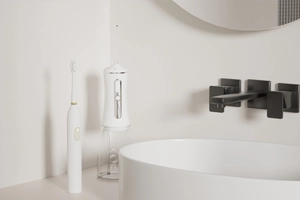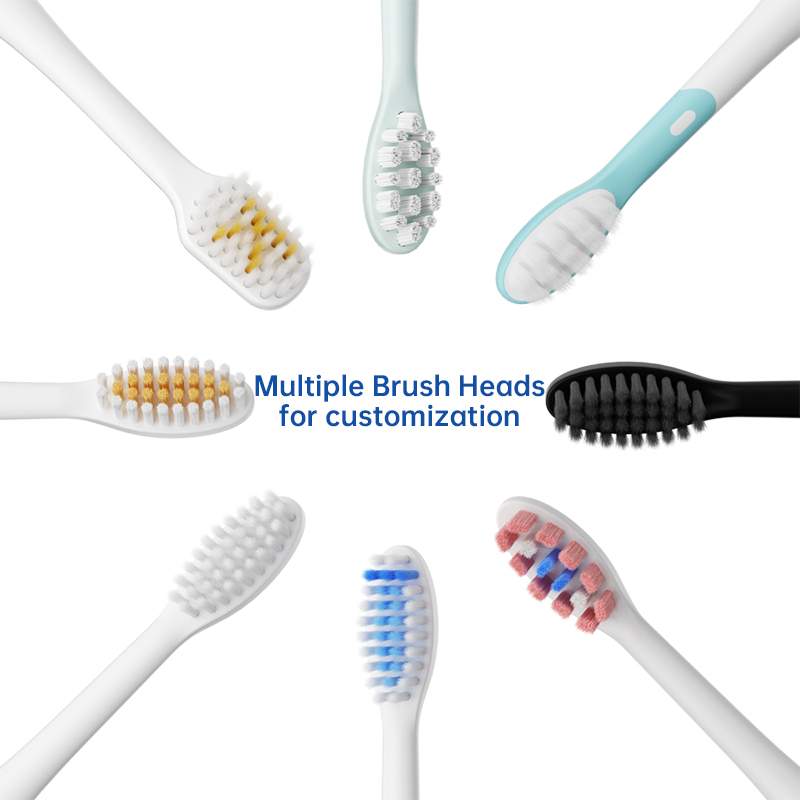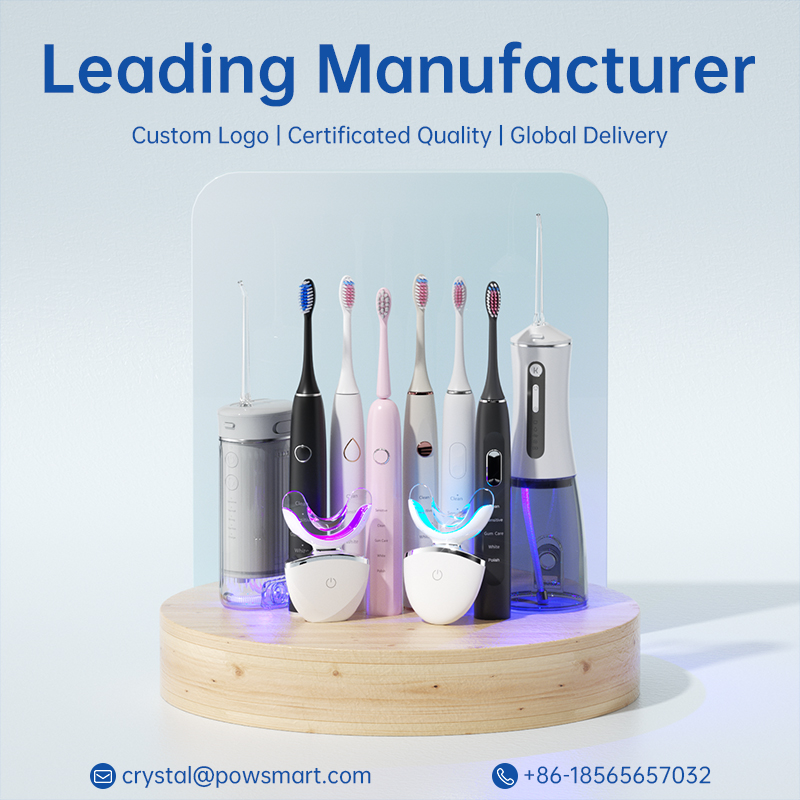Sustainability only works when engineering, retail, and reverse logistics move together. For electric-toothbrush brands and OEM/ODM partners, the Seattle recycling program is the perfect stage to prove circular design—especially when showcased at a high-visibility Seattle demo store. Below are six B2B essentials to launch, measure, and scale a credible take-back loop for brushes, heads, chargers, and batteries.
First, establish what the Seattle recycling program accepts and why it matters to your P&L.
Next, turn the Seattle demo store into a hands-on circularity hub.
Moreover, recycling performance starts at CAD, not at the bin.
Meanwhile, align incentives so customers want to return parts.
Furthermore, design a backend that’s safe, auditable, and cost-controlled.
Finally, instrument the pilot and let data drive expansion.
To make circularity real for electric toothbrushes:
Want a turnkey package (store signage, SOPs, CAD DfD checklist, QR/credit flows, and KPI dashboard) tailored to your electric toothbrush SKUs? I can deliver a production-ready draft for immediate deployment. Contact us
.jpg)
.jpg)

Beginner’s Guide to Water Flosser Pressure Settings

Do At-Home Light Therapy Teeth Whiteners Really Work?
Traditional Values Modern Electric Toothbrush India
.jpg)
Does Your Water Flosser OEM Partner Guarantee ADA Certification?
Dallas Toothbrush Sale: Factory-Direct Discounts with Global Shipping

Retiree Toothbrush Florida vs. Florida Whitening Brush — Which One Should You Make?

Top Water Flosser and Toothbrush Combo in San Diego?

Is replacement head cost an important factor when choosing an electric toothbrush?

Cutting-edge tech makes us apart from other electric toothbrush manufacturers

Corporate Wellness Gift Ideas in Seattle – Custom Electric Toothbrush Solutions
Electric Toothbrush Reseller Program Wholesale | Global Distributor Partner
Seattle Eco-Conscious Electric Toothbrush
Electric Toothbrush for Dental Kit Programs | Custom B2B Oral Care Solutions
Is Your Kids’ Electric Toothbrush Too Loud?
Thanksgiving Employee Gift Sets Electric Toothbrush Seattle | Supplier

Dentist’s Guide: Choosing the Right LED Whitening Device for Stains

electric toothbrush heads Charcoal Infuse-Round

electric toothbrush heads Ultra Soft
.jpg)
Florida Electric Toothbrush – Powsmart PTR-C8

electric toothbrush heads Regular Clean

Customization Teeth Whitening Gel

Private Label Whitening Gel

Electric toothbrush heads Charcoal Infused-Diamond

electric toothbrush heads Deep Clean
whstapp
whstapp
National Toll-Free Service Hotline
+86 755 86238638